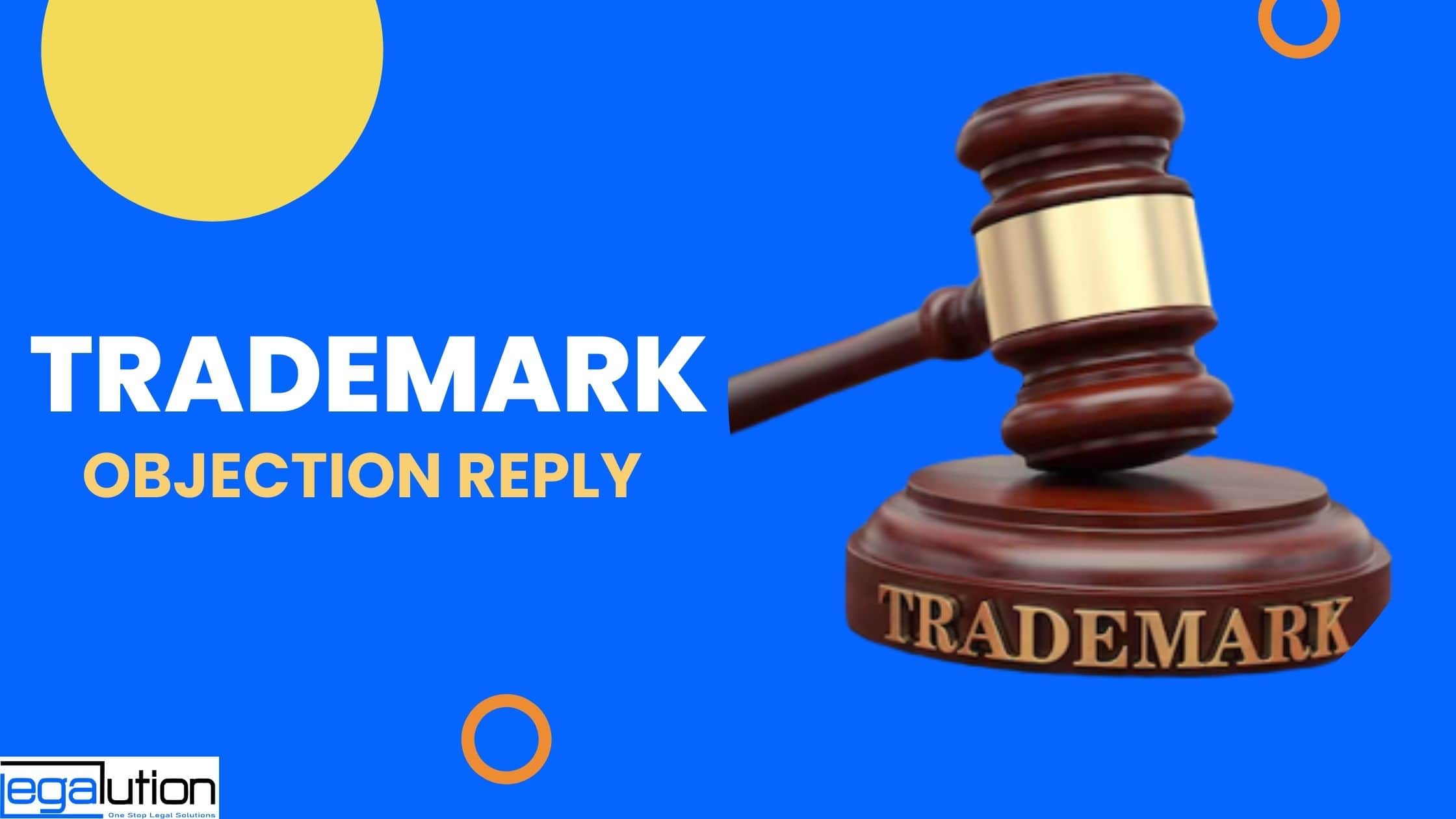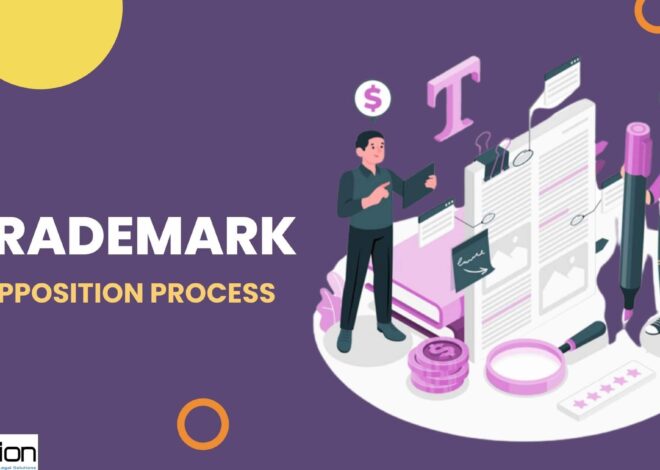
Trademark Objections in India -Reply ,Filing
Table of Contents
ToggleTrademark Objections - Overview
Company’s brand is often its most valuable asset. As businesses strive to establish a unique identity in the market, securing a trademark becomes a crucial step. However, the trademark registration process is not always smooth sailing.
One common hurdle that businesses may encounter is the dreaded “trademark objection.” In this blog post, we will delve into the intricacies of trademark objections, exploring what they entail, common reasons for objections, and how businesses can navigate and overcome them.
Understanding Trademark Objection
Trademark objection is a formal statement raised by a trademark examiner or an interested third party against the registration of a proposed trademark. When a trademark application is submitted to the relevant authority, it undergoes a thorough examination to ensure it complies with the legal requirements for registration.
If the examiner identifies issues that may hinder the registration, they raise objections, providing the applicant with an opportunity to address the concerns.
Common Reasons for Trademark Objections
- Similarity with Existing Trademarks: One of the most common reasons for objection is the likelihood of confusion with an existing registered trademark. If the proposed mark is too similar to an existing one in the same or related class of goods or services, it may lead to an objection.
- Descriptive or Generic Terms: Trademarks that are overly descriptive or generic may face objections. The purpose of a trademark is to distinguish the goods or services of one entity from another, and generic or highly descriptive terms may fail to fulfill this requirement.
- Deceptive Marks: If a trademark has the potential to mislead or deceive the public regarding the nature, quality, or origin of the goods or services, it is likely to be objected to.
- Non-Distinctive or Non-Unique Elements: Trademarks that lack distinctiveness or uniqueness may encounter objections. The trademark should be capable of identifying the source of the goods or services without causing confusion.
- Contravention of Public Policy or Morality: Trademarks that go against public policy or morality, including offensive or immoral content, may face objections.
Navigating Trademark Objections
- Understand the Objection: Carefully review the objection to understand the specific issues raised by the examiner. This will help you formulate a targeted response.
- Consult with Professionals: Seek advice from intellectual property attorneys or trademark professionals who can provide insights into the objection and guide you on the best course of action.
- Amend the Application: If the objection is based on valid concerns, consider amending the trademark application to address the issues raised. This may involve modifying the wording, design, or class of goods or services.
- Provide Evidence: In some cases, providing evidence to demonstrate the distinctive nature of the mark or its lack of similarity to existing trademarks can help overcome objections.
- Negotiate with Opposing Parties: If the objection comes from a third party, consider engaging in negotiations to resolve the issue amicably. This may involve coexistence agreements or other arrangements.
Steps to Craft an Effective Trademark Objection Reply
Acknowledge the Objection:
Begin your reply by acknowledging the objection raised by the examiner. This demonstrates professionalism and shows that you have carefully considered their concerns.
Provide Legal and Factual Arguments:
Offer clear and concise legal and factual arguments to counter the objections. For example, if the objection is based on similarity with an existing trademark, present evidence highlighting the distinctiveness of your mark and differences that set it apart.
Address Each Objection Separately:
If there are multiple objections, address each one separately in a structured manner. This makes it easier for the examiner to follow your response and evaluate your arguments.
Amend the Application if Necessary:
If you identify valid concerns within the objections, be open to making amendments to your application. This may involve tweaking the wording, altering the design, or modifying the class of goods or services to resolve the examiner’s concerns.
Provide Supporting Evidence
Back your arguments with supporting evidence. This could include market research, consumer surveys, or expert opinions that demonstrate the uniqueness and non-confusing nature of your trademark.
Highlight Distinctive Elements:
Emphasize the distinctive elements of your trademark that set it apart from others. If there are unique features or aspects that make your mark stand out, make sure to highlight them in your reply.
Showcase Good Faith and Intent:
Convey your good faith in adopting the trademark and your genuine intent to use it in commerce. This helps build trust with the examiner and can positively influence their decision.
Engage in Negotiation if Appropriate:
If the objection involves a third party, be open to negotiation. Discussing possible coexistence agreements or other resolutions can demonstrate your willingness to find a mutually beneficial solution.
Seek Professional Guidance:
Consider seeking advice from intellectual property attorneys or trademark professionals. They can provide valuable insights, ensuring that your response is legally sound and strategically crafted.
Documents Needed to File Trademark Objection Reply
The following documentation is needed for trademark objection process:
- Report on authorised document
- Trademark examination report
- Identification documentation
- Process for address verification in trademark opposition
Conclusion
Trademark objections are a normal part of the registration process and should not discourage businesses from pursuing the protection of their brands. By understanding the reasons behind objections and taking proactive steps to address them, businesses can enhance their chances of successfully navigating the trademark registration journey.
With careful consideration, professional guidance, and a strategic approach, businesses can overcome objections and secure the valuable protection that a registered trademark provides.



